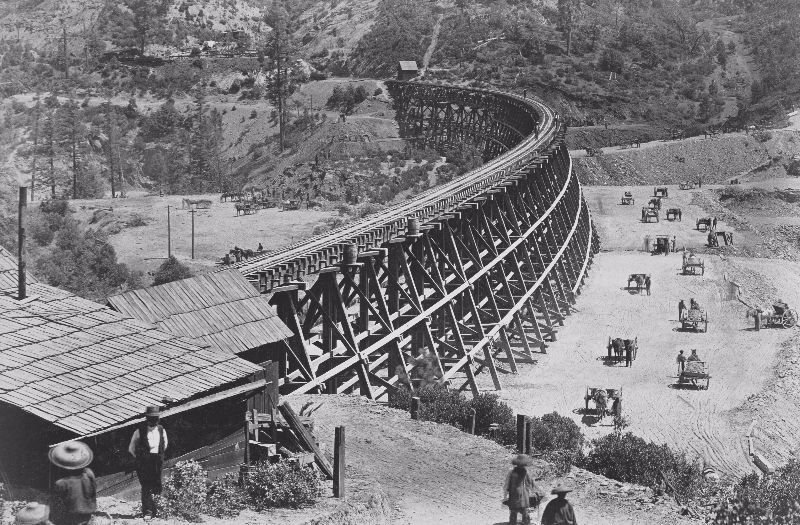In the bustling streets of Philadelphia during the early to mid-20th century, a tradition emerged that would come to symbolize the spirit of urban life and community: residents gathering on their stoops. These stoops, the quintessential architectural feature of row houses in cities like Philadelphia, served as more than just entryways – they were social hubs, places where neighbors came together to chat, share stories, and forge bonds that would endure for generations. Through a collection of vintage photographs taken between 1910 and 1940, we can glimpse into the lives of Philadelphia residents as they engaged in this cherished tradition, capturing moments of everyday life that resonate with nostalgia and a sense of communal belonging.

As cities like Philadelphia experienced rapid growth and urbanization during the early 20th century, row houses became the predominant form of housing for working-class families. These narrow, interconnected dwellings were characterized by their distinctive architectural features, including front stoops that provided a transition between the private space of the home and the public realm of the street.

For many residents, the stoop served as an extension of their living space – a place to relax, socialize, and observe the bustling activity of the neighborhood. Whether it was sharing a cup of coffee with a neighbor, watching children play in the street, or simply enjoying the fresh air on a warm summer evening, the stoop was a focal point of community life in urban Philadelphia.

The vintage photographs from the early 20th century offer a fascinating glimpse into the daily rituals and interactions that took place on Philadelphia's stoops. In black and white images, we see families gathered together, children playing games, and neighbors engaged in animated conversations. These photographs capture moments of connection and camaraderie, highlighting the sense of kinship and solidarity that defined urban neighborhoods during this period.

In one photograph, a group of women sits on a stoop, their faces illuminated by the warm glow of the setting sun. They chat animatedly, their laughter echoing through the narrow streets as they share stories and gossip. In another image, children play hopscotch on the sidewalk while adults look on, their expressions a mixture of amusement and nostalgia.

Beyond serving as social gathering spaces, stoops played a crucial role in shaping the cultural identities of Philadelphia's diverse neighborhoods. In immigrant communities, stoops became venues for celebrating cultural traditions and preserving ancestral customs. Whether it was singing folk songs, preparing traditional dishes, or recounting tales from the old country, the stoop served as a place where immigrant families could maintain connections to their heritage while embracing the opportunities of their new lives in America.

Similarly, African American communities in Philadelphia utilized stoops as sites of cultural expression and community activism. During the Harlem Renaissance, stoops became stages for impromptu performances of jazz and blues music, showcasing the talents of local musicians and artists. Additionally, stoop gatherings provided a platform for discussing social and political issues, fostering a sense of solidarity and empowerment among African American residents in the face of discrimination and segregation.

As the 20th century progressed, changes in urban planning, transportation, and housing preferences gradually altered the fabric of Philadelphia's neighborhoods. Suburbanization and the proliferation of automobiles led to the decline of stoop culture in many urban areas, as residents increasingly sought privacy and seclusion in suburban developments.

Furthermore, economic shifts and demographic changes transformed the composition of Philadelphia's neighborhoods, as new waves of immigrants and migrants arrived seeking economic opportunities and social mobility. Despite these changes, the tradition of gathering on stoops persisted in certain communities, serving as a tangible reminder of the enduring bonds of kinship and community that transcended time and space.

Today, the vintage photographs of Philadelphia residents on their stoops serve as cherished artifacts of a bygone era – a testament to the resilience, creativity, and humanity of urban life. These images offer a window into the past, allowing us to connect with the lives and experiences of those who came before us.

As we reflect on the rich tapestry of Philadelphia's history, it is important to preserve and celebrate the traditions and cultural practices that define our collective identity. Whether through archival research, community storytelling, or public exhibitions, we can ensure that the legacy of stoop culture lives on for future generations to appreciate and cherish.

In a rapidly changing world, the simple act of gathering on a stoop reminds us of the power of human connection and the enduring value of community. As we navigate the complexities of modern life, let us embrace the spirit of togetherness and camaraderie that defined Philadelphia's stoop culture – a timeless tradition that continues to inspire and unite us all.
(See more photos below)
















































